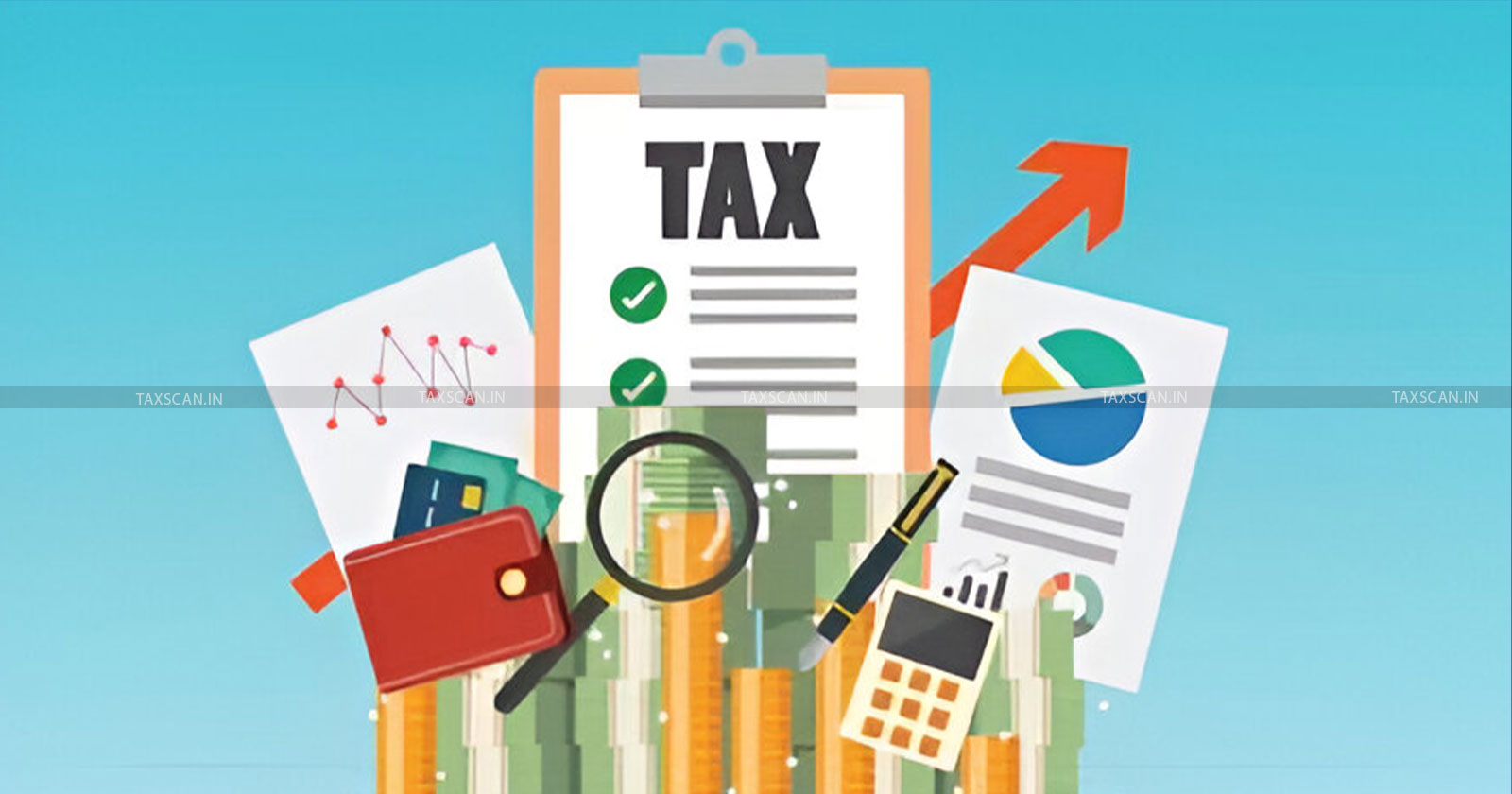FM Tables Middle-Class Friendly Finance Bill, Major Income Tax Regime Budget Reforms [Read Finance Bill]
The new direct tax regime proposes several key changes aimed at simplifying and promoting voluntary tax compliance

FM tables – Middle-Class Friendly – Finance Bill – Major Income Tax Reforms – Budget Reforms – Finance Bill 2025 – Union Budget 2025 – taxscan
FM tables – Middle-Class Friendly – Finance Bill – Major Income Tax Reforms – Budget Reforms – Finance Bill 2025 – Union Budget 2025 – taxscan
Finance Minister Nirmala Sitharaman has tabled the Finance Bill/Union Budget 2025-2026 to pave the path ahead in the financial landscape of India. The hopes of the middle class were revived in the Third Modi Sarkar’s Second Budget, while being the first one without majority.
The new direct tax regime proposes several key changes aimed at simplifying tax compliance, reducing the burden on middle-class taxpayers, and encouraging savings, consumption, and investment. Under this new structure, individuals with an income up to ₹12 lakh (₹12.75 lakh for salaried taxpayers due to a standard deduction of ₹75,000) will not pay personal income tax.
The revised tax rate structure is as follows:
- Income up to ₹4 lakh: Nil
- ₹4 lakh to ₹8 lakh: 5%
- ₹8 lakh to ₹12 lakh: 10%
- ₹12 lakh to ₹16 lakh: 15%
- ₹16 lakh to ₹20 lakh: 20%
- ₹20 lakh to ₹24 lakh: 25%
- Above ₹24 lakh: 30%
These changes aim to reduce taxes for middle-class taxpayers, leaving more disposable income to boost consumption and savings. The government expects to forgo about ₹1 lakh crore in direct taxes due to these changes.
Get Complete Coverage on Budget 2025-26
In addition to tax relief, the new regime includes rationalizations for Tax Deduction at Source (TDS) and Tax Collection at Source (TCS), aimed at easing compliance. For example, the TDS limit for senior citizens' interest income is doubled from ₹50,000 to ₹1 lakh, and the TDS threshold on rent is raised from ₹2.4 lakh to ₹6 lakh. The TCS threshold for remittances under the RBI's Liberalized Remittance Scheme (LRS) is also increased from ₹7 lakh to ₹10 lakh. Moreover, delays in TCS payments will no longer be criminalized if the payments are made before the due date for filing the statement.
The regime also reduces the compliance burden for small charitable trusts by extending the period of their registration from 5 to 10 years and allows taxpayers to claim the annual value of self-occupied properties as nil for two properties instead of one.
To encourage ease of doing business, the regime introduces a scheme to determine the arm's length price for international transactions over a three-year block period and expands the scope of safe harbour rules to reduce litigation and provide tax certainty. Additionally, it exempts withdrawals from the National Savings Scheme ( NSS ) from tax after August 29, 2024, and provides similar tax treatment for NPS Vatsalya accounts as normal NPS accounts.
For employment and investment, the regime introduces a presumptive taxation regime for non-residents who provide services to companies in electronics manufacturing, along with a safe harbour for non-residents storing components for these manufacturing units. It also extends the benefits of the tonnage tax scheme to inland vessels registered under the Indian Vessels Act, 2021, to promote inland water transport.
Start-up incentives are enhanced by extending the incorporation period for start-ups until 2030, allowing them to benefit from tax exemptions. Additionally, the regime provides clarity on the taxation of gains from securities for Category I and II Alternate Investment Funds (AIFs) focusing on infrastructure. The investment date for Sovereign Wealth Funds and Pension Funds is extended to 2030 to encourage funding into the infrastructure sector.
To Read the full text of the Finance Bill CLICK HERE
Support our journalism by subscribing to Taxscan premium. Follow us on Telegram for quick updates


